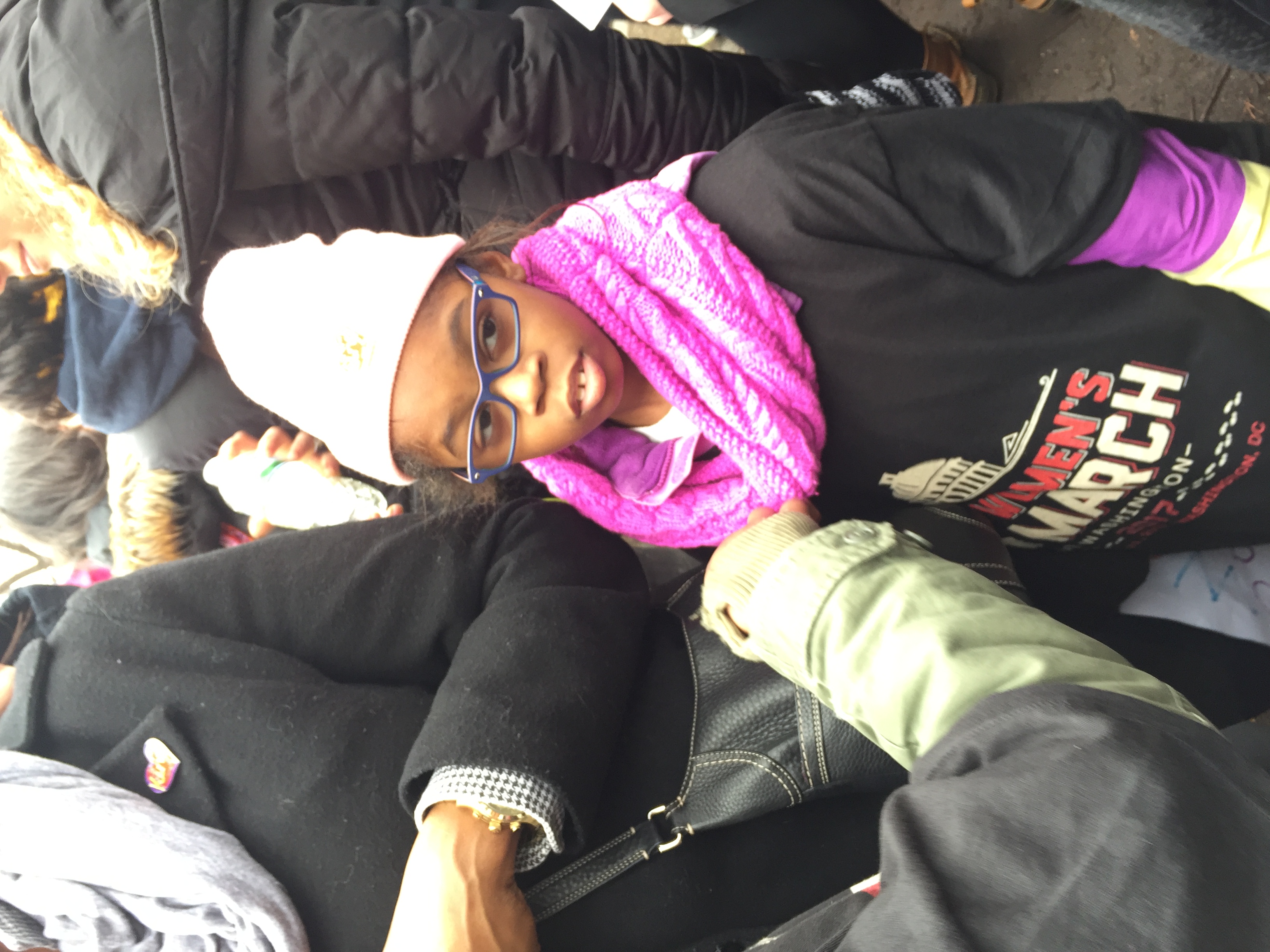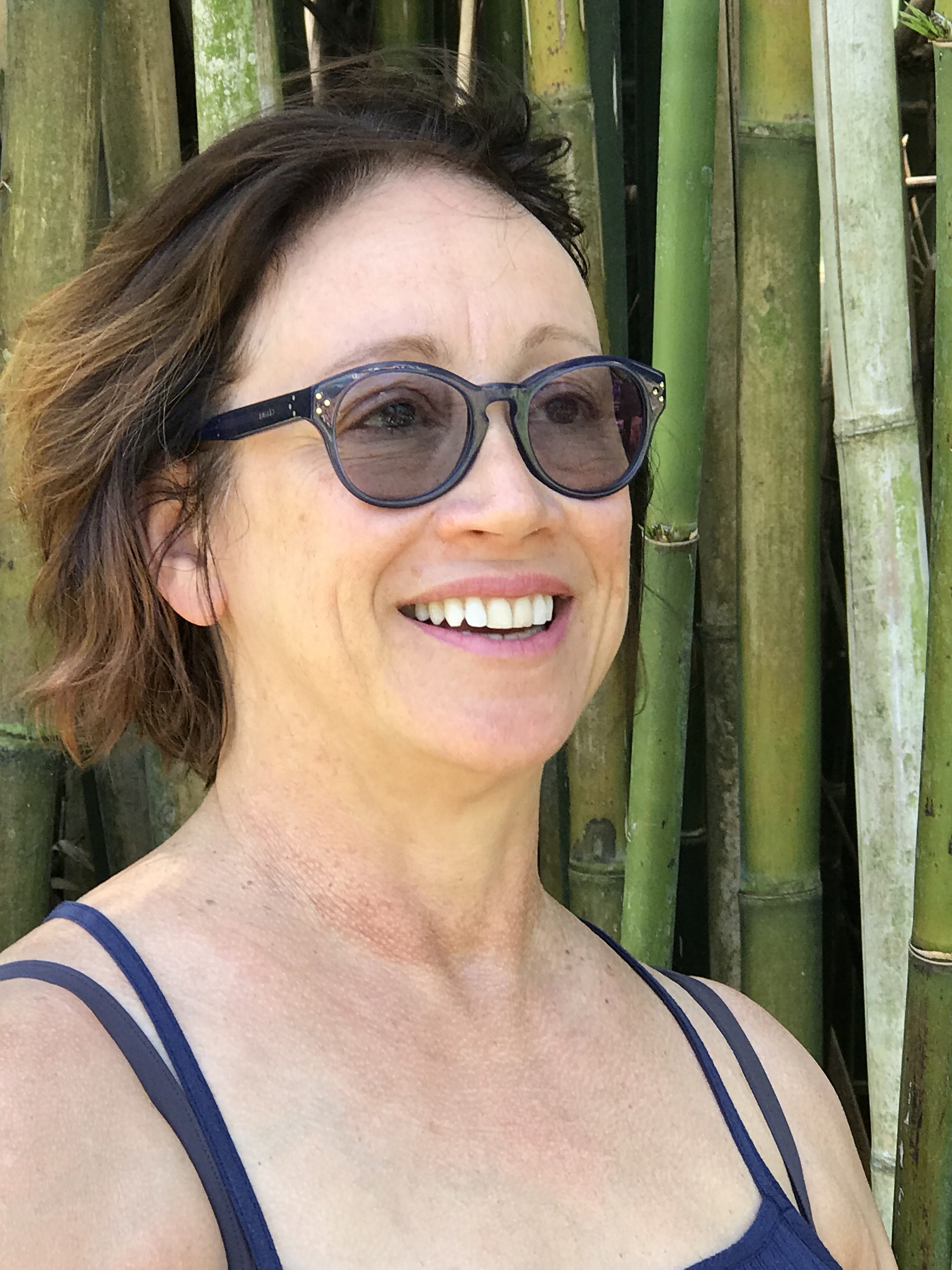“You have three Republican women locked in the basement of the Capitol.”
Those words from Ann Stone, a Founding Board Member and one of three original incorporators of the National Women’s History Museum (NWHM) to then House Speaker Newt Gingrich in 1995, set the movement to build a National Women’s History Museum in motion. Stone was part of a group of women who wanted a long-forgotten statue to be returned to its rightful home in the Capitol Rotunda.
In 1921, the Woman Suffrage Statue, dedicated to the thousands of women from different backgrounds, races and religions that fought for the right to vote, was unveiled with much fanfare. Seventy women’s groups from across the United States attended the dedication to see the white marble monument by artist Adelaide Johnson depicting suffragist iconsLucretia Mott, Elizabeth Cady Stanton and Susan B. Anthony. The statue was set in the Rotunda underneath the Capitol Dome, sharing that bastion of American history with paintings depicting the signing of the Constitution of the United States and the Declaration of Independence, and other celebrated historical art.
The next day it was moved to the basement of the Capitol, known as the Crypt, where it remained for over 75 years.
The fate of that statue is a perfect metaphor for women’s struggles to prevent their accomplishments from being dismissed and forgotten.
The National Women’s History Museum will be dedicated to ensuring that those accomplishments and the immeasurable contributions women have made to building our nation will be recognized, shared and celebrated.
But many challenges remain. Building a museum takes a long time, particularly in Washington, DC, where so many are competing for limited dollars and space. For example, the National Museum of African American History and Culture took over 100 years from conception to opening.
As an interim step, the National Women’s History Museum has created an online museum that gets over 1.2 million visitors a year. The organization has been busy developing a broad array of content chronicling achievements by women in all walks of life. The online museum includes 26 exhibits and more than 300 biographies that are available for free to scholars, educators, researchers and the general public to increase their knowledge of women’s history. Many of the women featured are missing from history books or are known for one contribution when they have had many. For example, how many people know that:
- Julia Child was a spy for the precursor to the CIA during WWII before becoming a famous cook.
- Maria Mitchell was America’s first professional female astronomer who in 1847, at the age of 29, discovered a comet using a telescope, the first American to do so.
- Mathilda Scott Howell won three gold medals in the 1904 Summer Olympics held in Missouri. She was the first American woman to do so and won for archery, one of the few sports women could compete in.
- Elizabeth Majie invented the precursor to Monopoly that she called the Landlord’s Game in 1903 and filed a patent application for it. Three decades later Parker Brothers released it nationally and credited a man for its launch.
- Wilma Mankiller was the first woman elected principal chief of the Cherokee Nation in1983.
- “Brave Bessie” Coleman became the world’s first female African American and Native American licensed pilot in 1921. She earned her international pilot’s license in France and often flew planes upside down.
Today, the drive to build a physical National Women’s History Museum is gaining momentum. As more women become leaders on a national scale, demand for sharing the vital roles that women have had in industry, society and the country’s future is rapidly increasing, and a national coalition of 53 women’s professional groups supports building a physical museum that can make women’s history come alive for millions of Americans visiting the nation’s capital.
Representative Carolyn Maloney worked for 16 years to create a Congressional Commission to study the need for a women’s history museum. In 2014, her legislation, introduced with Representative Marsha Blackburn in the House and former Senator Barbara Mikulski and Senator Susan Collins in the Senate, was passed and signed into law.
The bipartisan American Museum of Women’s History Congressional Commission submitted its report to Congress in November 2016 with a unanimous recommendation that a comprehensive women’s history museum should be established on or near the National Mall as part of the Smithsonian Institution.
Yet there are still roadblocks – especially funding. The museum has grown with over 55,000 individual contributions, but most of those are small and the cost of a museum is far higher than what is raised annually. The next step is to find sponsors among male and female leaders who believe in the museum and want to see it happen.
“Women are the real architects of society,” wrote Uncle Tom’s Cabin author Harriet Beecher Stowe over a century ago.
It’s time to finally move women’s contributions out of the basement and share them with everyone.


